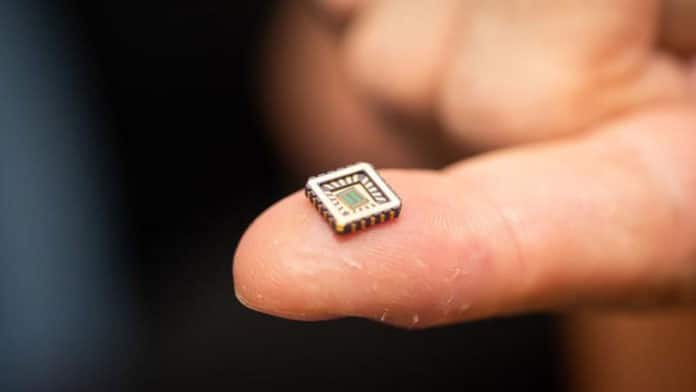The difficulty of measuring microscopic parameters that control the dynamics of ionic currents and the nonlinearity of ionic conductances has hampered so far theoretical efforts to build quantitative computational models and subsequently neuromorphic devices replicating the exact response of a biological neuron. Although artificial neurons, synapses, and brain-inspired networks have been proposed.
But, these designs were not meant to reiterate the behavior of biological cells in complete detail. What’s more, developing artificial neurons has been an immense challenge because of the difficulties of complex biology and hard-to-predict neuronal responses.
In a new study, scientists from the University of Bath and the Universities of Bristol, Zurich, and Auckland- have modeled and derived equations to explain how neurons respond to electrical stimuli from other nerves. This is unfathomably complicated as responses are nonlinear – in other words, if a signal turns out to be twice as reliable, it shouldn’t evoke twice as big an answer – it may be thrice higher or something different.
Scientists then designed silicon chips to precisely model biological ion channels, before proving that their silicon neurons accurately mimicked real, living neurons responding to a range of stimulations.
Professor Alain Nogaret, from the University of Bath Department of Physics, led the project. He said: “Until now neurons have been like black boxes, but we have managed to open the black box and peer inside. Our work is paradigm-changing because it provides a robust method to reproduce the electrical properties of real neurons in minute detail.”
“But it’s wider than that because our neurons only need 140 nanoWatts of power. That’s a billionth of the power requirement of a microprocessor, which other attempts to make synthetic neurons have used. This makes the neurons well suited for bio-electronic implants to treat chronic diseases.”
“For example, we’re developing smart pacemakers that won’t just stimulate the heart to pump at a steady rate but use these neurons to respond in real-time to demands placed on the heart – which is what happens naturally in a healthy heart. Other possible applications could be in the treatment of conditions like Alzheimer’s and degenerative neuronal diseases more generally.”
“Our approach combines several breakthroughs. We can very accurately estimate the precise parameters that control any neuron’s behavior with high certainty. We have created physical models of the hardware and demonstrated its ability to mimic the behavior of real living neurons successfully. Our third breakthrough is the versatility of our model, which allows for the inclusion of different types and functions of a range of complex mammalian neurons.”
Professor Giacomo Indiveri, a co-author on the study, from the University of Zurich and ETF Zurich, added: “This work opens new horizons for neuromorphic chip design thanks to its unique approach to identifying crucial analog circuit parameters.”
Another co-author, Professor Julian Paton, a physiologist at the Universities of Bristol and Auckland, said: “Replicating the response of respiratory neurons in bioelectronics that can be miniaturised and implanted is very exciting and opens up enormous opportunities for smarter medical devices that drive towards personalised medicine approaches to a range of diseases and disabilities.”
